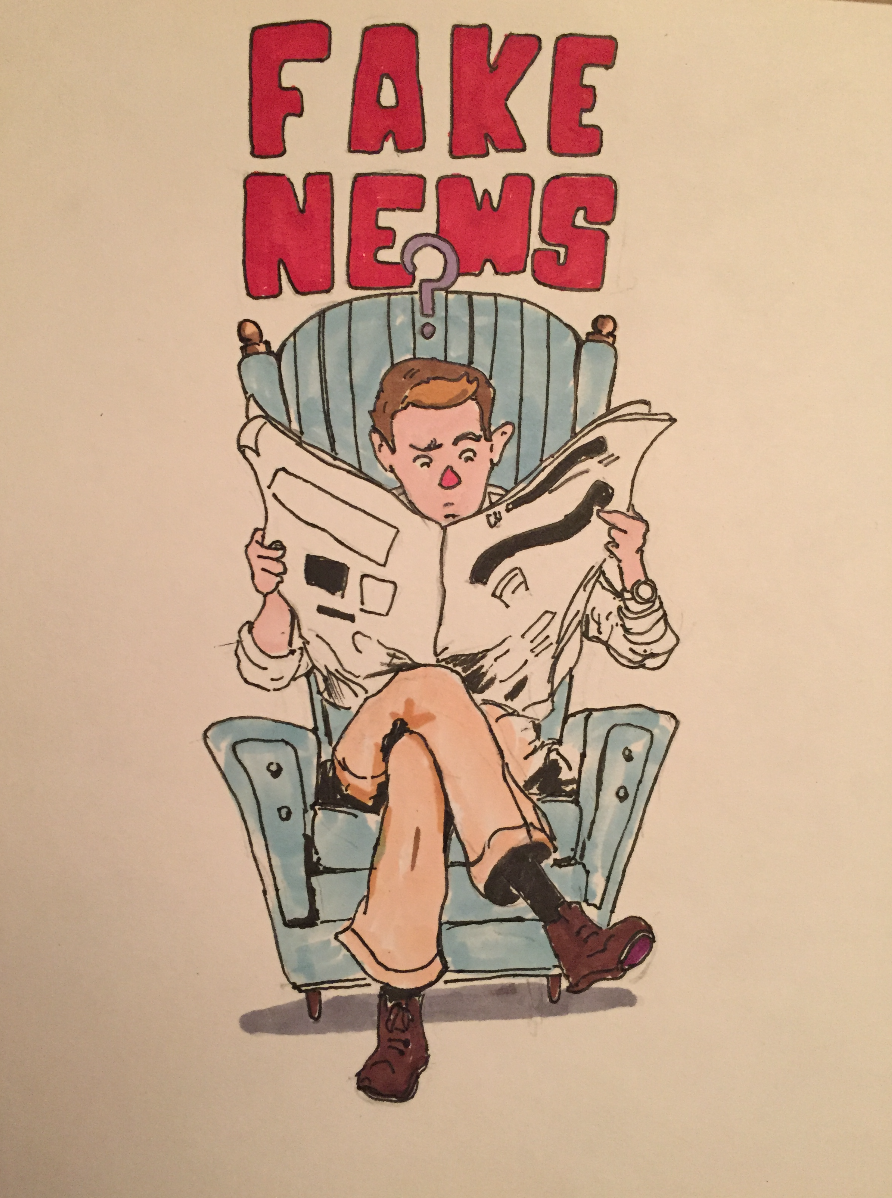
A lot of attention has been on the media recently because of the unusual presidential election, which has taught us how poor reporting or reporting misinformation can create accusations of fake news.
What is fake news? How do you spot this so-called “fake news”? And how can thinking like a journalist be a solution to this problem?
These are valid questions and when this whole “fake news” fiasco became an issue, as a journalist, it scared me because I thought I couldn’t report and express myself in a way that an audience would take seriously. I thought people would deem my work as “fake” or “wrong” because that’s what a lot of people are saying about the news.
Journalists have codes of ethics, like this one from the Society of Professional Journalists, that should always be practiced. Learning this code made me think twice before sharing a questionable post. I become more aware on social media and less gullible when it came to click bait and other scams because of my experiences learning how to think like a journalist.
However, not everyone follows the code.
Fake news is bad enough when it’s created by accident, but some people who create and spread it on social media are in it for the money, and others just think it’s funny and say they’re only kidding and joking. But people can mistake what they produce as real information, which paints a negative image of journalists and journalism in general.
Palo Alto High School Librarian Rachel Kellerman gave her insight on her experience with witnessing false information.
“People who write fake news want to persuade with not all the facts,” Kellerman said. “They want to distort the facts for their point of view and there could also be commercial reasons why and an example of that could be click bait.”
Kellerman’s advice on how to spot false information in our everyday lives on social media is to be constantly vigilant when consuming information.
“We just have to be really smart consumers and recognize really nothing is free,” Kellerman said. “It’s either your time, your money or your information that and we should all just be aware of how that information universe works.”
Spotting fake news is not as easy as it sounds. There are some fake news artists who make what they write sound very logical by their vocabulary and influential tone.
Protect yourself by doing some research on the producer of the information you’re reading. What other articles have they produced? Does the website hosting their work seem professional? The answers to these questions can help give the author credibility or signal that you should approach the information with skepticism.
A good place to start is how real the information is the story seems to be. Look for strong evidence and reliable sources throughout and always ask yourself whether the information do harm to others. Could the information, if false, affect someone’s reputation in a negative way?
Be vigilant. It matters.
For more information on how to spot fake news click on the link below:

